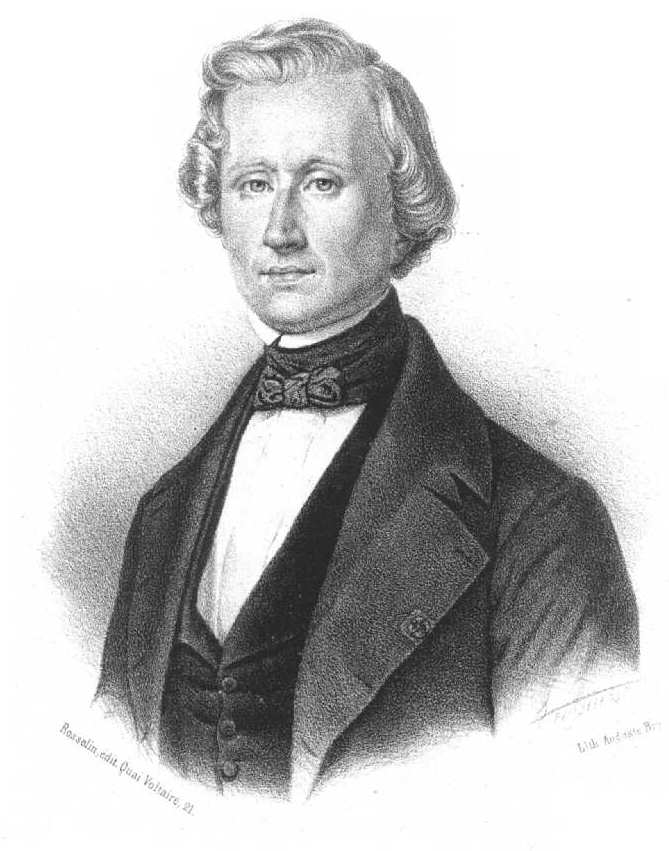Vulcano: El planeta que nunca existió / Vulcan: The Planet That Never Existed
- Un hipotético planeta entre Mercurio y el Sol
- A hypothetical planet between Mercury and the Sun
Uno de los momentos más oportunos para poder visualizar el nuevo planeta, fue el eclipse de 1869 en Estados Unidos, a este asistió el astrofotógrafo Benjamin Apthorp Gould y tomó 42 fotografías de la corona solar, en ninguna apareció el nuevo planeta. Otro momento fue el eclipse de 1878, entre los asistentes se encontraban Simon Newcomb, del Observatorio Naval de Washington DC; Norman Lockyer, que había descubierto en 1868 la existencia de helio en el Sol y el inventor Thomas Alva Edison. De los asistentes, solo el astrónomo James Craig Watson detectó la existencia de un pequeño objeto rojizo que se observaba cerca del sol, pero este no era Vulcano, sino que se trataba de Zeta Cancri, una estrella tenue de la constelación de Cáncer (Chown, 2017).
Varios años después, en 1915, Albert Einstein, con su teoría de la relatividad general, llegó a la conclusión de que la órbita de Mercurio tiene esa peculiar forma, debido a que un objeto masivo, como el Sol, es capaz de doblar el espacio-tiempo y alterar el camino de la luz, de manera que un rayo que pase cerca del Sol recorre un camino curvo (Redacción, 2017). Con esto la existencia de Vulcano quedó descartada y pasó a ser parte de la historia de la astronomía.
Urbain Jean Joseph Le Verrier
Joseph Le Vierrer, director of the Paris observatory, was already known in 1859 for having predicted the existence of the planet Neptune, this time, when performing the same calculations and analyzing the orbit of the planet Mercury, according to the theory of gravity proposed by Sir Isaac Newton, he realized that there was an anomaly at perihelion , which is the closest point to the sun that reaches a planet, the orbit of Mercury seemed to change and this could only be due to the existence of another planet or some other object. For the discovery of Neptune, Le Verrier had used the same method and realizing this variation in the orbit of Uranus, he was able to predict the existence of this new planet (BBC, 2017).
The discovery of Le Verrier, was seen by other astronomers of the time, one of them was the physician and amateur astronomer Edmond Modeste Lescarbault, which was visited by Le Verrier and was one of the confirmations that the planet Vulcan or some other type of object existed between mercury and the sun. Due to this confirmation the discovery of the planet was announced in 1860, but the confirmation of another professional was still missing.
One of the most opportune moments to visualize the new planet, was the eclipse of 1869 in the United States, this was attended by the astrophotographer Benjamin Apthorp Gould and took 42 photographs of the solar corona, in none of which appeared the new planet. Another moment was the eclipse of 1878, among the attendees were Simon Newcomb, of the Naval Observatory of Washington DC; Norman Lockyer, who had discovered in 1868 the existence of helium in the Sun and the inventor Thomas Alva Edison. Of the attendees, only astronomer James Craig Watson detected the existence of a small reddish object that was observed near the sun, but this was not Vulcan, but it was Zeta Cancri, a faint star in the constellation Cancer (Chown, 2017).
Several years later, in 1915, Albert Einstein, with his theory of general relativity, came to the conclusion that the orbit of Mercury has that peculiar shape, because a massive object, such as the Sun, is capable of bending spacetime and altering the path of light, so that a ray passing near the Sun travels a curved path (Redacción, 2017). With this the existence of Vulcan was discarded and became part of the history of astronomy.
Referencias / References:
BBC. (2017). Vulcano, el planeta fantasma buscado por más de medio siglo que Einstein expulsó del cielo. BBC News Mundo. https://www.bbc.com/mundo/noticias-41283072
Chown, M. (2019). El planeta que demostró el poder de autoengaño de los humanos. El País. https://elpais.com/elpais/2019/02/25/ciencia/1551098493_269989.html
Redacción. (2017). La existencia del planeta Vulcano fue refutada por Albert Einstein hace más de 100 años. El Semanario. https://elsemanario.com/ciencia-y-tecnologia/la-existencia-del-planeta-vulcano-fue-refutada-albert-einstein-mas-100-anos/
How to cite this article:
Nocetti, F.A. (2021). Vulcan: The Planet That Never Existed. NabbuBlog. http://nabbublog.blogspot.com/2021/06/vulcano-el-planeta-que-nunca-existio.html

